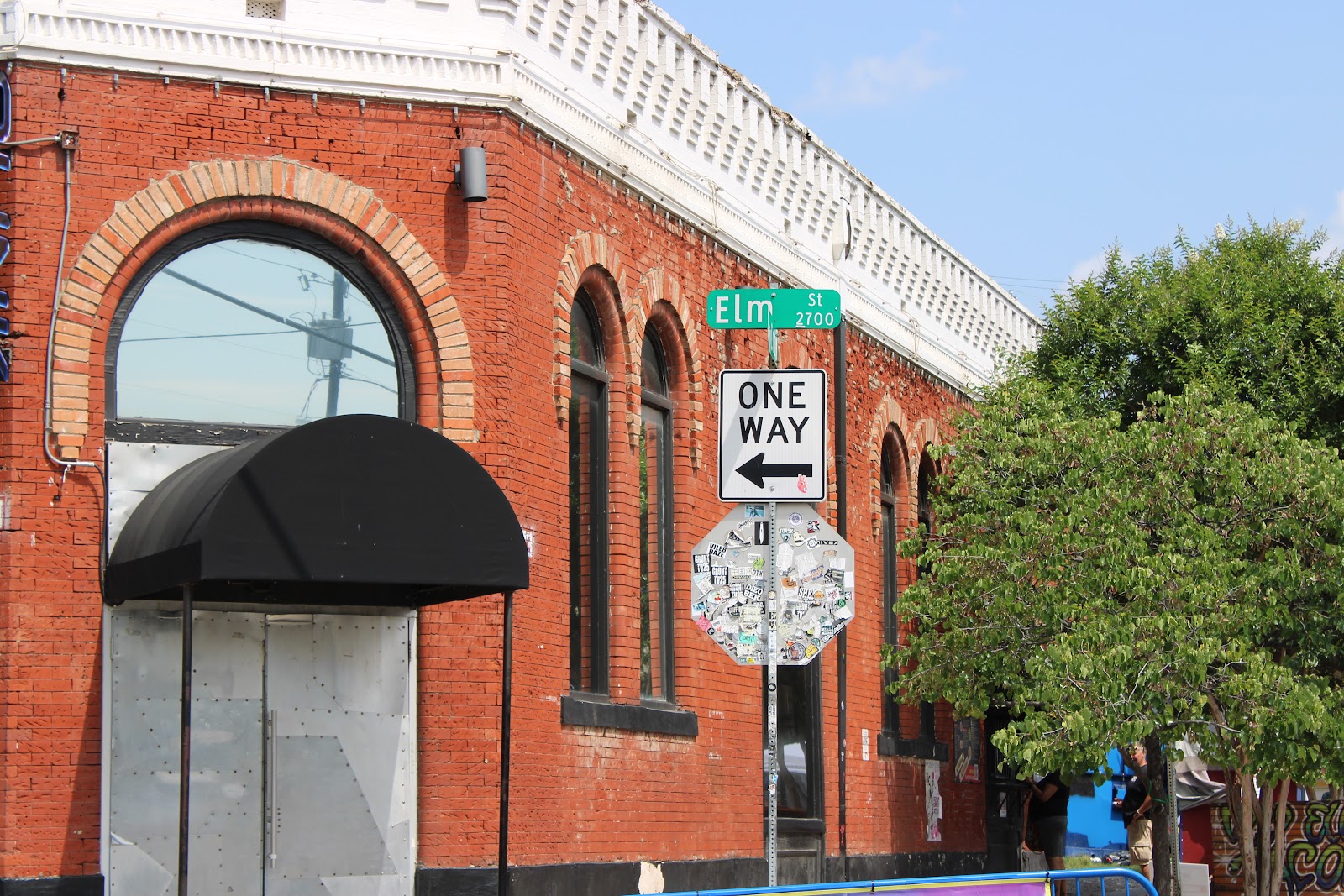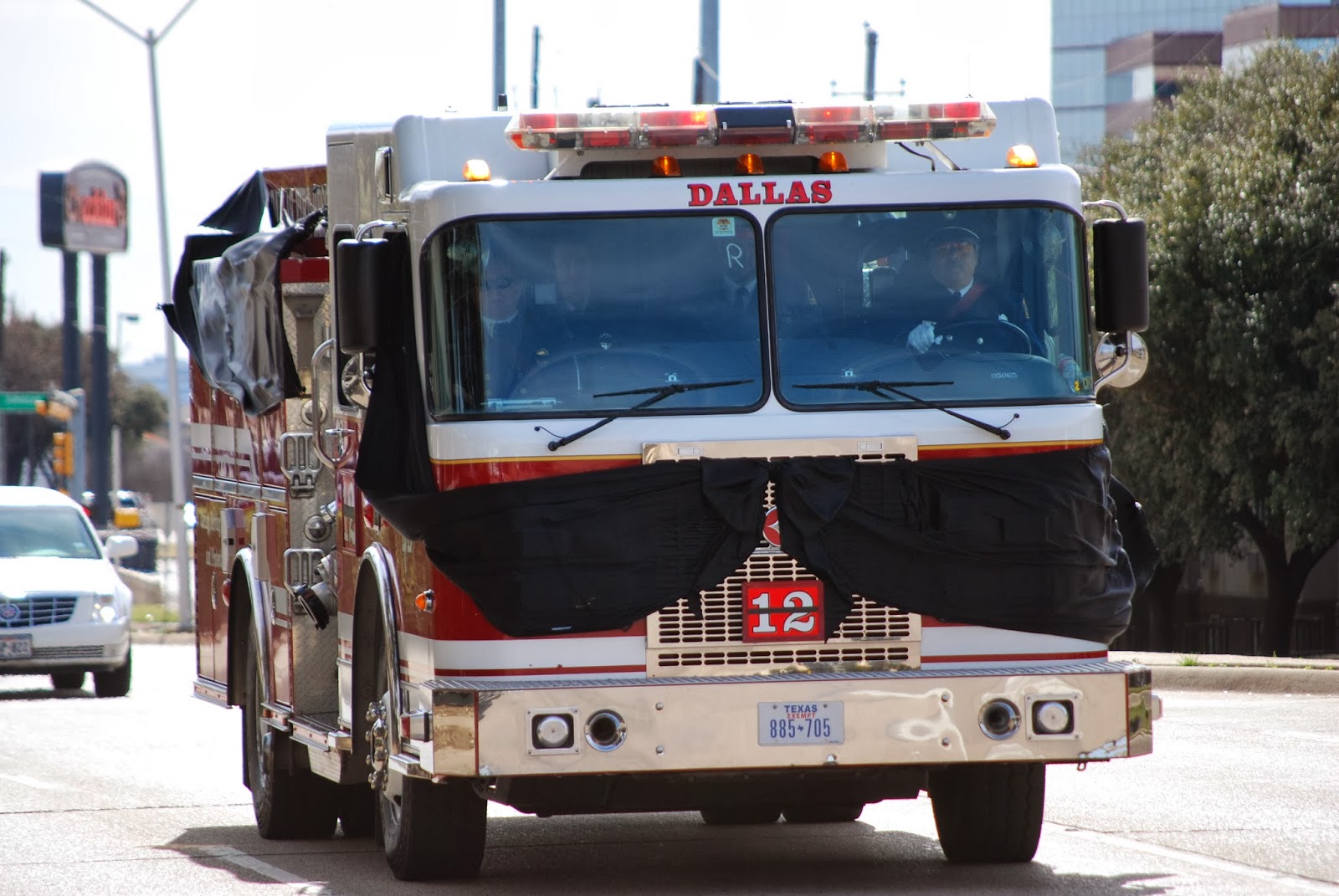While I like a good novel as well as the next person, over the years, I have read a collection of some odd things. In college, I read the New Dictionary of the English Language. After that, came the Congressional Record of the 89th Congress. After that, it pretty much cured me for a while. But I couldn't resist reading The Patriot Act. Then, just when I thought there could not be anything else more scary, along came an article about The High Frequency Active Auroral Research Program. It was just an article about a very interesting government project. After reading the article, I bookmarked the piece because it had a very interesting list of references. In fact, the list was almost as interesting as the article itself. There has been a lot a talk about the article since it first appeared.
If the article's formal name does not ring a bell, maybe its acronym, H.A.A.R.P., might chime a bit more in recognition. The story does not stop there. The article within itself would not make the reading list of or within itself. But, reading US Patent 4,686,605 of 08/11/1987 would. Yes, you might have guessed, I read the full patent application, Method and apparatus for altering a region in the earth's atmosphere, ionosphere, and/or magnetosphere.
Now, let me tell you this. If you ever wondered what came after President Ronald Reagan's Star Wars program, this would certainly make the short list. After reading the patent, it became very clear that the device and all the support structures not only were working, they had meet with success of some type.
In short, the project, using a Ionosphereic Research Instrument (IRI) using High Frequency range high power transmitters to excite a limited area of the ionosphere. In case you didn't know, the ionosphere is where most of the orbiting satellites, communication or otherwise, are parked.
Already, the ionosphere has been heated (in certain areas) to several hundred degrees. So what does that do? It can change the jet stream. What does that do? It causes weather systems to relocate. Why is that so important? Warfare. You control the weather, you control the enemy.
Of course, every thing written tries to lead the reader to the fact that this is just research. Of course, the research is one, already outdated and two, total BS. The patent application is so detailed that one can only conclude that not only is it capable to do what it claims, it has been done. Third, the original location in Alaska still exist but a "branch" has been created at an Air Force Base in Alaska. Did I mention that the patent states that it is completely possible to create a mobile unit of the IRI.
Oh, not only can the IRI change the pattern of the Jetstream, it is associated with earth quakes, underwater HF which has long been associated with whales and dolphins beaching themselves or being found dead at sea washing up on shore later. Certain space craft malfunctions of which one article goes as far as to say it caused the breakup of the Challenger Space Shuttle. And yes, there is also the hint that HAARP is being or has been looked at to redirect asteroids.
Here is a list of references. From these, you will have reading material for a decade or more.
<><><><><><><><><><><><><><><><><><><><><><><><><><><><><><><><><><><>
Eastlund, Bernard J. (Spring,Texas) filed 01-10-1985
APTI,Inc Los Angles, California
US Patent 4,686,605 08-11-1987
www.wanttoknow.info/war.haarp_weather_modification_eletromagnetic_warfare_weapon.shtml
Technical questions can be submitted to:
infohaarp@haarp.alaska.edu
chemtrails http://youtu.be/ymF6YkVJ-RY
If the article's formal name does not ring a bell, maybe its acronym, H.A.A.R.P., might chime a bit more in recognition. The story does not stop there. The article within itself would not make the reading list of or within itself. But, reading US Patent 4,686,605 of 08/11/1987 would. Yes, you might have guessed, I read the full patent application, Method and apparatus for altering a region in the earth's atmosphere, ionosphere, and/or magnetosphere.
Now, let me tell you this. If you ever wondered what came after President Ronald Reagan's Star Wars program, this would certainly make the short list. After reading the patent, it became very clear that the device and all the support structures not only were working, they had meet with success of some type.
In short, the project, using a Ionosphereic Research Instrument (IRI) using High Frequency range high power transmitters to excite a limited area of the ionosphere. In case you didn't know, the ionosphere is where most of the orbiting satellites, communication or otherwise, are parked.
Already, the ionosphere has been heated (in certain areas) to several hundred degrees. So what does that do? It can change the jet stream. What does that do? It causes weather systems to relocate. Why is that so important? Warfare. You control the weather, you control the enemy.
Of course, every thing written tries to lead the reader to the fact that this is just research. Of course, the research is one, already outdated and two, total BS. The patent application is so detailed that one can only conclude that not only is it capable to do what it claims, it has been done. Third, the original location in Alaska still exist but a "branch" has been created at an Air Force Base in Alaska. Did I mention that the patent states that it is completely possible to create a mobile unit of the IRI.
Oh, not only can the IRI change the pattern of the Jetstream, it is associated with earth quakes, underwater HF which has long been associated with whales and dolphins beaching themselves or being found dead at sea washing up on shore later. Certain space craft malfunctions of which one article goes as far as to say it caused the breakup of the Challenger Space Shuttle. And yes, there is also the hint that HAARP is being or has been looked at to redirect asteroids.
Here is a list of references. From these, you will have reading material for a decade or more.
<><><><><><><><><><><><><><><><><><><><><><><><><><><><><><><><><><><>
Eastlund, Bernard J. (Spring,Texas) filed 01-10-1985
APTI,Inc Los Angles, California
US Patent 4,686,605 08-11-1987
www.wanttoknow.info/war.haarp_weather_modification_eletromagnetic_warfare_weapon.shtml
Technical questions can be submitted to:
infohaarp@haarp.alaska.edu
chemtrails http://youtu.be/ymF6YkVJ-RY















